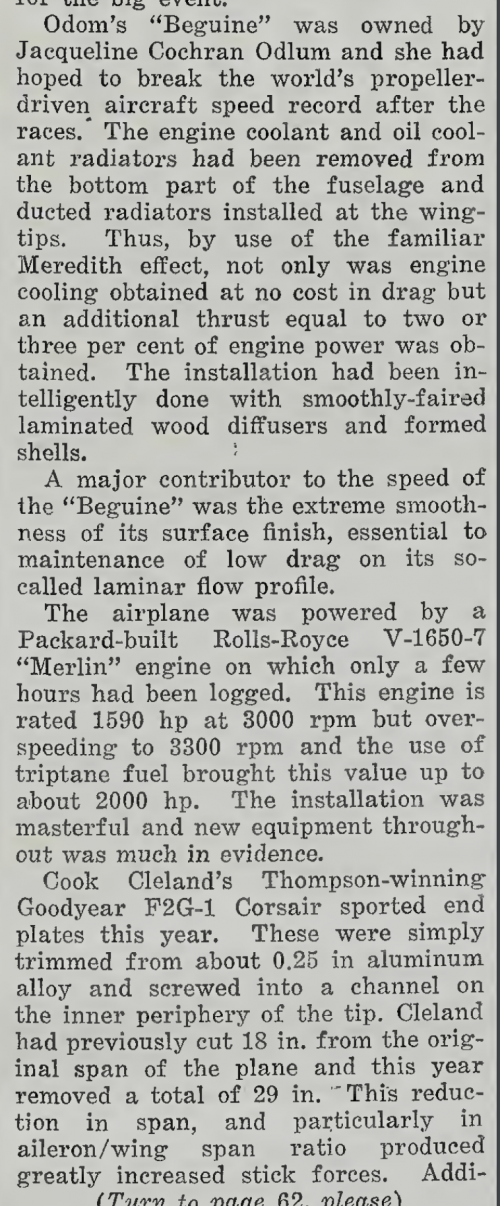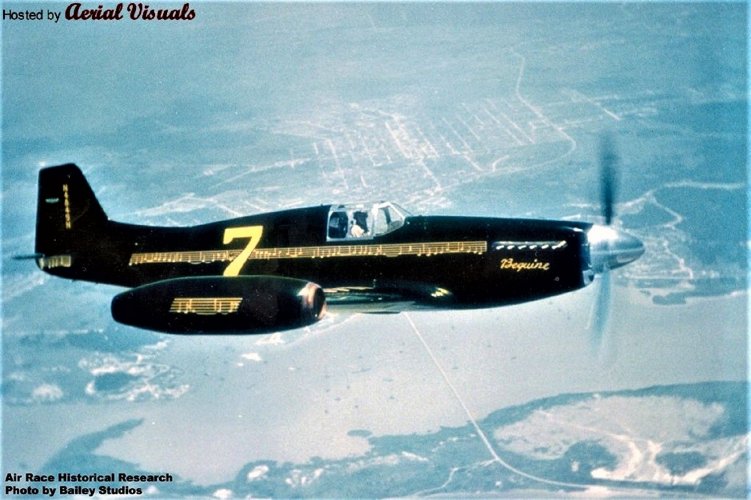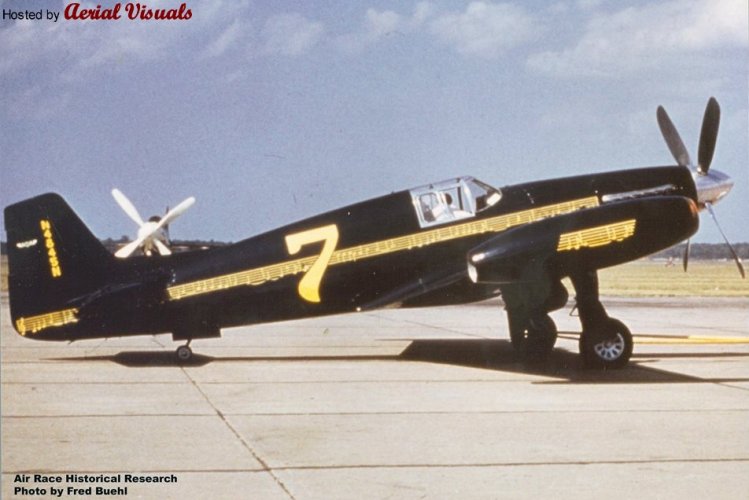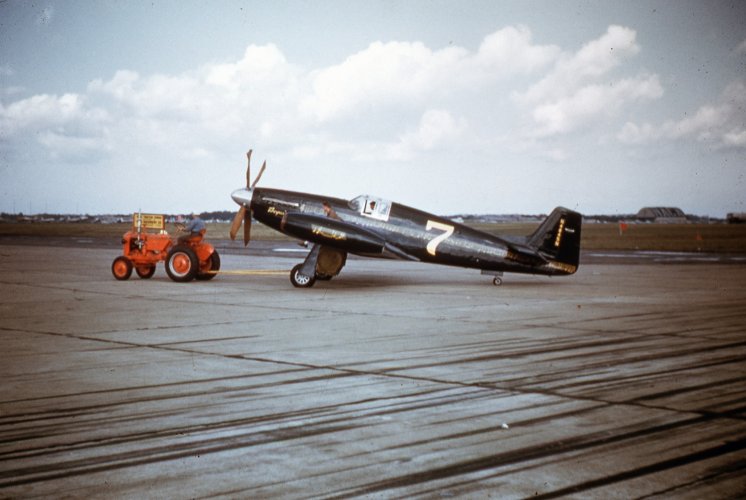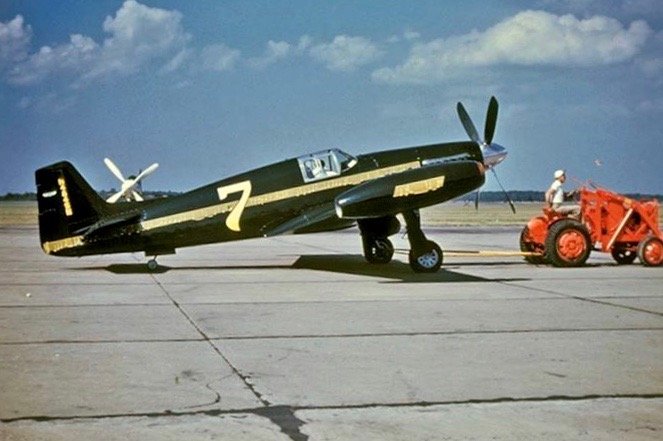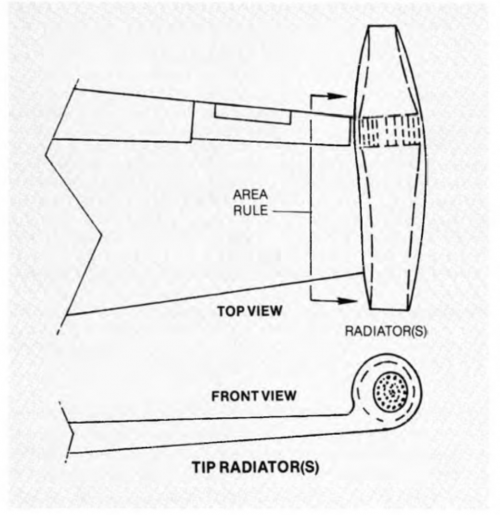An overlooked nuclear force
Researchers from Kyushu University, Japan have revealed how a special type of force within an atom's nucleus, known as the three-nucleon force, impacts nuclear stability. The study, published in Physics Letters B, provides insight into why certain nuclei are more stable than others and may help...

phys.org
Material memory
Many materials store information about what has happened to them in a sort of material memory, like wrinkles on a once crumpled piece of paper. Now, a team led by Penn State physicists has uncovered how, under specific conditions, some materials seemingly violate underlying mathematics to store...

phys.org
A research group from Chalmers and the MAX IV Laboratory has developed a new method that provides insights into how natural materials, such as wood-based systems, behave across multiple length scales. By combining several advanced techniques, this study opens great possibilities for future...

techxplore.com
A research team has discovered that achiral hard banana-shaped particles can spontaneously form exotic structures like skyrmions and blue phase III phases. Skyrmions are tiny vortex-like structures found in various condensed-matter systems, such as helical ferromagnets and liquid crystals. Blue...

phys.org
Heat engine advancement
Challenging centuries-old assumptions about thermodynamics, a new study in published in Physical Review Letters has shown that it is theoretically possible to design a heat engine that achieves maximum power output while approaching Carnot efficiency.

phys.org
Challenging centuries-old assumptions about thermodynamics, a new study in
published in
Physical Review Letters has shown that it is theoretically possible to design a heat engine that achieves maximum power output while approaching Carnot efficiency.
It is one of the most important laws of nature that we know: The famous second law of thermodynamics says that the world gets more and more disordered when random chance is at play. Or, to put it more precisely: that entropy must increase in every closed system.

phys.org
Reefers
Researchers report on Jan. 30 in the journal Joule that a more efficient and environmentally friendly form of refrigeration might be on the horizon. The new technology is based on thermogalvanic cells that produce a cooling effect by way of a reversible electrochemical reaction.

techxplore.com
Concrete and radiation
It's been known for some time that radiation impacts the structural integrity of concrete. However, until now the details of this were unknown. Researchers, including those from the University of Tokyo, can finally demonstrate what properties of concrete affect its structural characteristics...

techxplore.com
new polymer
A solution to injuries from slips and falls may be found underfoot—literally. The footpads of geckos have hydrophilic (water-loving) mechanisms that allow the little animals to easily move over moist, slick surfaces.

phys.org
Aluminum
There are many electric vehicles in Norway, and each contains many electrical conductors. These electrical conductors contribute significantly to the overall weight of the vehicles.

techxplore.com
Acoustics, Kelvin waves and vortices
A unique propagation phenomenon of acoustic waves has been discovered, paving the way for developing advanced communication technologies using acoustic devices.

phys.org
In a new study published in Nature Physics, researchers have developed the first controlled method for exciting and observing Kelvin waves in superfluid helium-4.

phys.org
lasers/optics
A team of researchers from Seoul National University of Science and Technology has uncovered a promising method to enhance the strength and durability of joints in lightweight vehicle design. By exploring laser surface texturing (LST) techniques on galvannealed advanced high-strength steel...

techxplore.com
The physical interaction between two or more systems, also known as coupling, can give rise to unique and unexpected effects. In the field of optics, coupled light sources (e.g., lasers) can influence each other, producing complex light patterns that cannot be emitted by individual...

phys.org
Researchers from Oakland University have made a significant breakthrough in the field of optical materials, unveiling the exceptional capabilities of Ba₃(ZnB₅O₁₀)PO₄ (BZBP). Although this transparent crystal closely resembles ordinary window glass, it exhibits extraordinary properties that set...

phys.org
To store ever more data in electronic devices of the same size, the manufacturing processes for these devices need to be studied in greater detail. By investigating new approaches to making digital memory at the atomic scale, researchers engaged in a public-private partnership are aiming to...

phys.org
Cornell scientists have developed a novel technique to transform symmetrical semiconductor particles into intricately twisted, spiral structures—or "chiral" materials—producing films with extraordinary light-bending properties.

phys.org
As the demand for digital security grows, researchers have developed a new optical system that uses holograms to encode information, creating a level of encryption that traditional methods cannot penetrate. This advance could pave the way for more secure communication channels, helping to...

techxplore.com
An article published in the journal Optica describes the development of a new experimental device that explores the boundary between classical and quantum physics, allowing the simultaneous observation and investigation of phenomena from both worlds.

phys.org
sensors
A transdisciplinary team of AMBER and CRANN researchers from the School of Chemistry at University College Cork (UCC) and the School of Physics at Trinity College Dublin (TCD) has developed sensor technology for wearable air quality monitors that alert individuals of their exposure to hazardous...

phys.org
Kaboom! The first time most of us hear the sound of an explosion is in the movies. Encountering the sound in the real world—even at a distance—has a profoundly different effect. Why? It's all about context. How we react to sounds and other sensory stimuli depends on how they're presented. We...

medicalxpress.com
A team of physicists and engineers at the University of Colorado Boulder has discovered a new way to measure the orientation of magnetic fields using what may be the tiniest compasses around—atoms.

phys.org
How can the latest technology, such as solar cells, be improved? An international research team led by the University of Göttingen is helping to find answers to questions like this with a new technique. For the first time, the formation of tiny, difficult-to-detect particles—known as dark...

phys.org
fluids
A team of researchers from Universidad Carlos III de Madrid (UC3M) has developed an innovative technique that allows the production of regular oil lenses of uniform size on the surface of water in a simple and reproducible fashion. The technique will facilitate the study of the behavior of oily...

phys.org
A research team from Japan has developed a unified model to scale the transitional pressure development in a one-dimensional flow. This achievement provides a better understanding of how pressure fields build up in the confined fluid system for various acceleration situations, which might be...

phys.org
Misc
Zaps of static electricity might be a wintertime annoyance, but to certain scientists, they represent an untapped source of energy. Using a device called a triboelectric nanogenerator (TENG), mechanical energy can be converted into electrical energy using triboelectric effect static. Many TENGs...

phys.org
The world of quantum physics is experiencing a second revolution, which will drive an exponential leap in the progress of computing, the internet, telecommunications, cybersecurity and biomedicine.

phys.org

